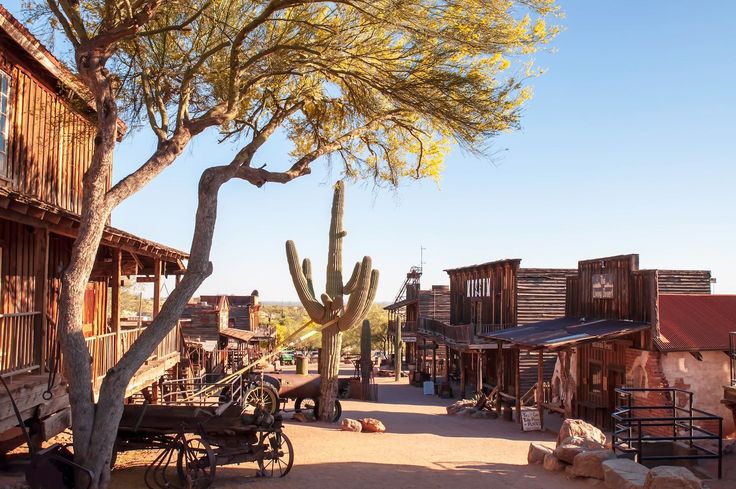Unveiling the History of Apache Junction, Arizona

Nestled at the foothills of the Superstition Mountains in central Arizona, Apache Junction is a town steeped in rich history and folklore. From its origins as a stagecoach stop to its evolution into a vibrant community, Apache Junction's story is one of exploration, discovery, and the enduring spirit of the American West.
Early Settlement and Stagecoach Era:
The history of Apache Junction can be traced back to the mid-19th century when prospectors, pioneers, and traders began to traverse the rugged desert terrain of central Arizona. The area served as a vital stop along the Old West's stagecoach routes, providing weary travelers with rest, provisions, and a place to water their horses.
The town's name pays homage to the Apache Indians who roamed the region long before the arrival of European settlers. Apache Junction became known for its hospitality, with merchants, saloon keepers, and ranchers catering to the needs of travelers passing through the area.
Mining Boom and Gold Rush:
The late 19th century saw a surge in mining activity in the Superstition Mountains, as prospectors sought their fortunes in search of gold, silver, and other precious metals. Apache Junction became a bustling hub of mining activity, with miners flocking to the area in search of riches.
The legendary Lost Dutchman's Mine, said to be hidden somewhere in the Superstition Mountains, captured the imaginations of fortune seekers and treasure hunters from around the world. The tales of lost gold and mysterious disappearances added to the allure and mystique of Apache Junction, turning it into a magnet for adventurers and dreamers.
Development and Growth:
The early 20th century brought new opportunities for development and growth to Apache Junction. The completion of the Roosevelt Dam in 1911 provided irrigation water for agriculture, leading to the establishment of citrus orchards, vineyards, and farms in the surrounding valley.
The construction of the Apache Trail, a scenic highway that winds through the Superstition Mountains, further fueled Apache Junction's growth as a tourist destination. Visitors flocked to the area to marvel at the rugged beauty of the desert landscape, explore ancient Indian ruins, and seek out the fabled Lost Dutchman's Mine.
Modern Era and Tourism:
Today, Apache Junction is a thriving community that honors its rich history while embracing the opportunities of the modern era. The town's historic buildings, museums, and cultural attractions pay tribute to its frontier heritage, while its scenic beauty and outdoor recreational opportunities attract tourists from around the world.
Visitors to Apache Junction can explore the rugged wilderness of the Superstition Mountains, go hiking, camping, or horseback riding in the nearby Tonto National Forest, or take a leisurely drive along the scenic Apache Trail. The town's vibrant arts scene, local festivals, and community events showcase its unique culture and character, making Apache Junction a destination that captures the spirit of the American West.
Conclusion:
Apache Junction, Arizona, is more than just a town—it's a living testament to the spirit of exploration, adventure, and perseverance that defines the American West. From its humble beginnings as a stagecoach stop to its modern-day role as a thriving tourist destination, Apache Junction's history is a reflection of the dreams and aspirations of those who sought their fortunes in the rugged desert landscape. As the town continues to evolve and grow, it does so with pride in its past and excitement for the future.
- Hits: 28